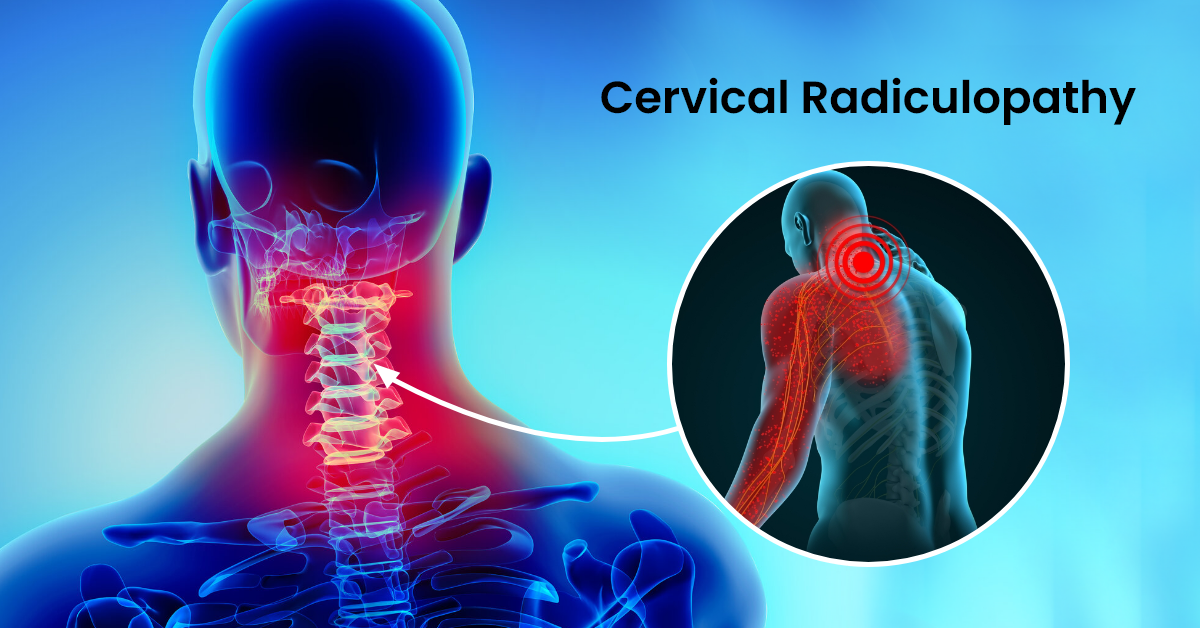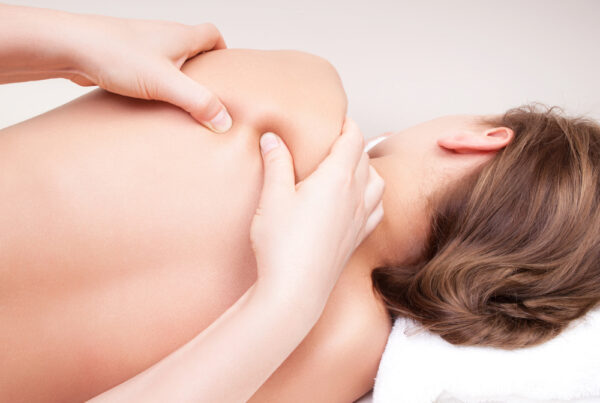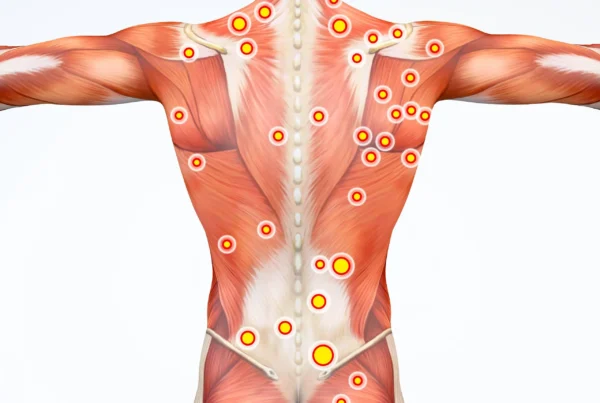Cervical Radiculopathy
Cervical Radiculopathy occurs when the nerve roots in the neck are compressed or irritated by surrounding structures.
Often it is a result of degeneration seen with aging but can be a result of injury or trauma to the neck resulting in disc herniation.
Degeneration of the cervical spine:
As the disks in the spine age, they lose height and begin to bulge. They also lose water content, begin to dry out and weaken. This problem causes settling, or collapse, of the disk spaces and loss of disk space height. Eventually, the cushioning qualities of the disks begins to decrease.
As the facet joints experience increased pressure, they also begin to degenerate and develop arthritis, similar to what may occur in the hip or knee joint. The smooth, slippery articular cartilage that covers and protects the joints wears away.
If the cartilage wears away completely between the vertebral bodies and facets, it can result in bone rubbing on bone. To make up for the lost cartilage, your body may respond by growing new bone in your facet joints and between the vertebral bodies where the disc has degenerated, to help support the vertebrae. Over time, this bone overgrowth — called bone spurs — may narrow the space for the nerves and spinal cord to pass through (stenosis). Bone spurs may also lead to decreased range of motion in the spine.
The Impingement or Pinching of the cervical (neck) nerve roots:
When the discs cushioning the space between the vertebrae start to degenerate and lose height, the outside layer of the discs can start to weaken resulting in disc herniation/disc bulge which presses onto the nerve root creating impingement.
Also, with the degeneration of the disc and facet joints, the bone spurs can narrow the spaces that the nerves from the cervical spine travel out of to the rest of the body creating impingement.
The symptoms that come from cervical nerve impingement are uncomfortable and disruptive:
- Tingling or the feeling of “pins and needles” down the arm but particularly in the fingers or hand
- Weakness in the muscles of the arm, shoulder, or hand
- Loss of sensation in the hand and or fingers
How Remedial Massage Can Help:
Remedial Massage techniques can help to alleviate the symptoms experienced by the cervical nerve impingement, as the muscles surrounding the pinched nerve are prone to tightening to try and support the structure, which further aggravates the issue.
Your Remedial Massage therapist, once they are aware of your symptoms, will conduct a specialised orthopedic test called the Spurling Test, to determine if your symptoms suggest cervical radiculopathy. They will then use a variety of techniques such as Myofascial Release Technique, Active Release Technique and Neuromuscular Technique to alleviate the symptoms you’re experiencing.
You will then be provided with homecare instructions such as stretches aimed at lengthening the shortened painful muscles of the neck, to do between appointments.
It will take more than one session to help alleviate the symptoms, potentially you will need to attend up to 5 sessions, once a week, to get a beneficial result.






